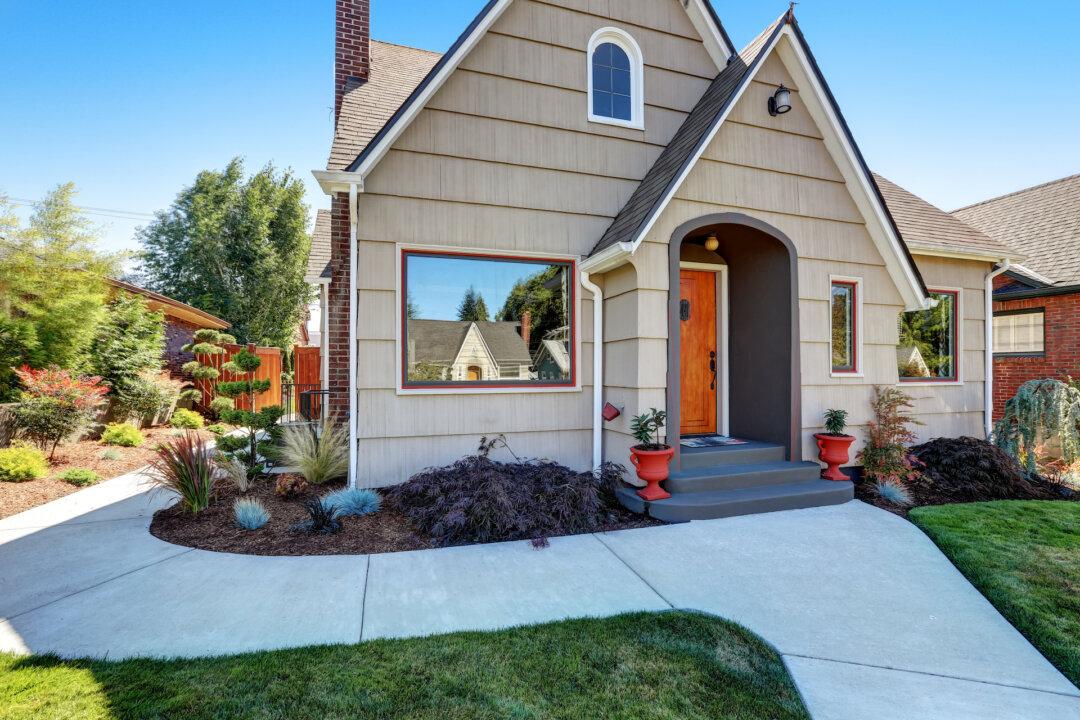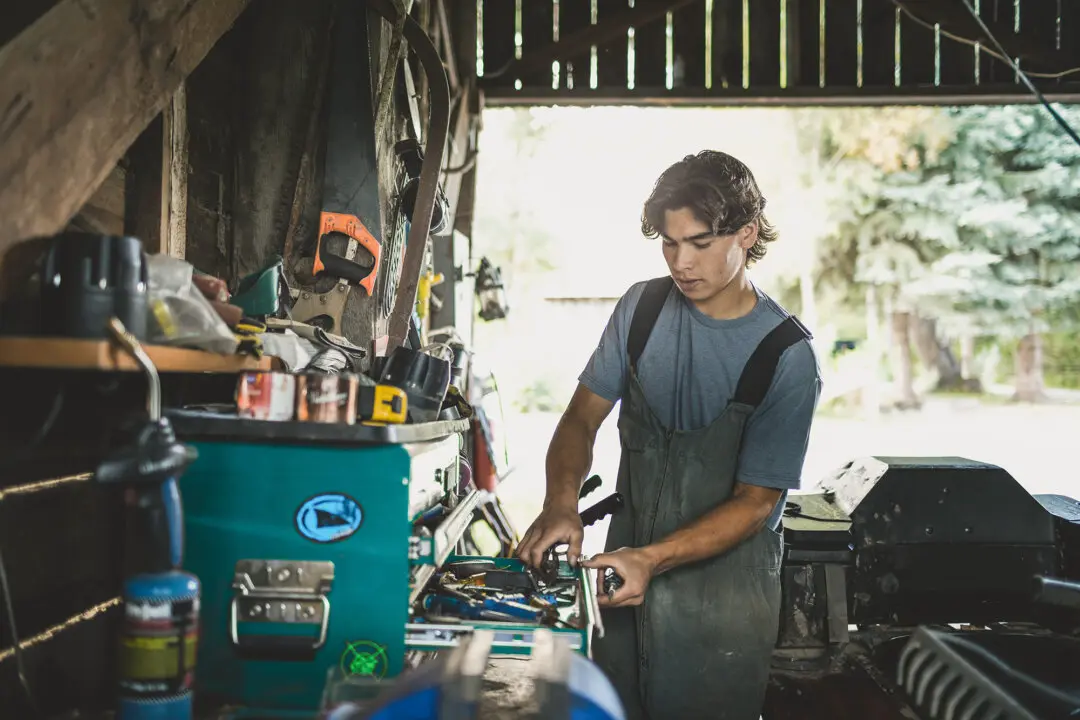Few things negatively impact curb appeal as much as a cracked or crumbling sidewalk, walkway, or driveway. Breathe easy! Most concrete fixes can be DIY projects, including porches, backyard patios, planter boxes, and vertical patches on the home’s exterior.
Don’t procrastinate, though, as harsh winter weather will only make things worse. Fall boasts the ideal temperature range for concrete repairs—between 45 degrees F and 75 degrees F. You also want the property to look its best for the family and friends stopping by during the holiday season.





